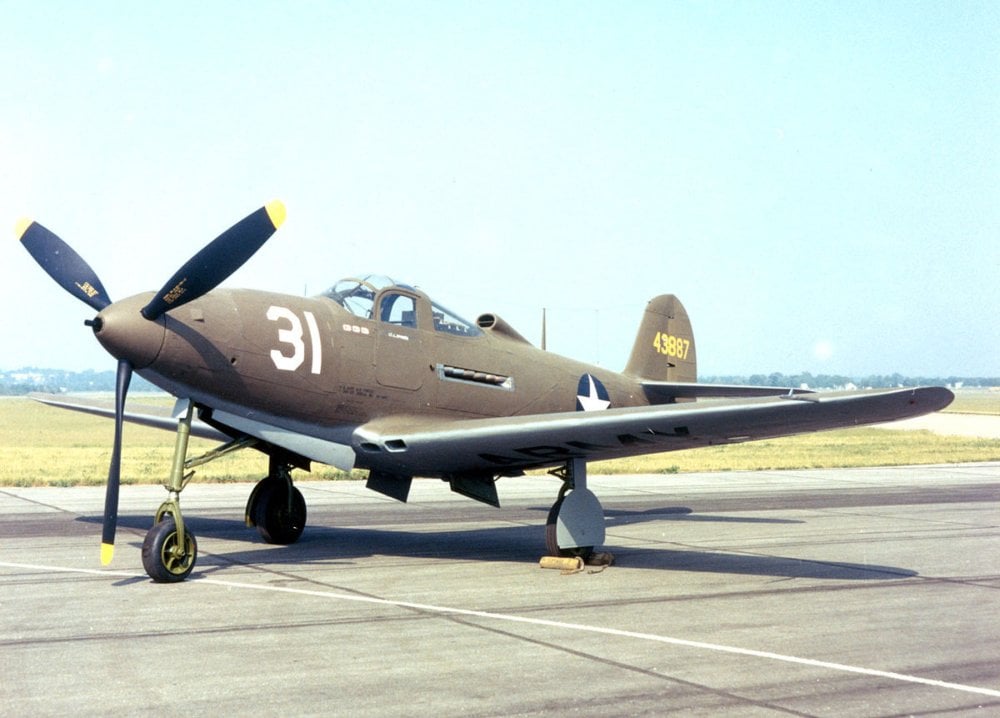THE "QUIET ONE"
America's First Stealth Copter
America's First Stealth Copter
The Hughes 500 helicopter was widely used in civilian and military efforts. The first manufactured Hughes 500 took to the air in 1963. These helicopters are still being produced to this day albeit under the name McDonnell Douglass who acquired the company in 1984.
This helicopter featured robust landing skids, a short diameter rotor and tail boom, and very agile and surprisingly quiet performance for a helicopter. It was this quiet operation that spawned the idea for the Hughes 500P: the quiet one. It didn't just have to be quiet, it also had to be fuel efficient, large enough to carry the team of men, and have a powerful enough engine to do all of the lifting.
Near the end of the Vietnam War, President Nixon was meeting with the North Vietnamese at the negotiating table in Paris. Unsure of the intentions of the communist nation at the time, he requested Intel on what the leadership of the North Vietnamese were thinking or planning. The CIA came up with a plan to helicopter some commandos into North Vietnam and place a listening device on a switchboard for their phones. A small radio antennae would then broadcast the information back to South Vietnam. In order for this to succeed they needed a helicopter that could get them in (it was a long ways) and not be detected as helicopters made a great deal of noise.
The CIA finally found some civilian contractors that would help them build the quiet helicopter (notably from Lockheed) with one of them even building a prototype engine in his garage at home. Two helicopters were made and sent to South Vietnam to train local pilots for the mission. After an accident scrapped one of the helicopters, the CIA resorted to using Air American pilots to do the mission..
The mission was carried out with success and the negotiations continued until the end of the war, thanks to the quiet helicopter. The CIA never really released all the information about the helicopter and its capabilities and no one really knows just how quiet it was for sure, but everyone who worked with it were in awe of just how incredibly quiet it was.
This helicopter featured robust landing skids, a short diameter rotor and tail boom, and very agile and surprisingly quiet performance for a helicopter. It was this quiet operation that spawned the idea for the Hughes 500P: the quiet one. It didn't just have to be quiet, it also had to be fuel efficient, large enough to carry the team of men, and have a powerful enough engine to do all of the lifting.
 |
| Possibly a prototype of the Huges 500P |
Near the end of the Vietnam War, President Nixon was meeting with the North Vietnamese at the negotiating table in Paris. Unsure of the intentions of the communist nation at the time, he requested Intel on what the leadership of the North Vietnamese were thinking or planning. The CIA came up with a plan to helicopter some commandos into North Vietnam and place a listening device on a switchboard for their phones. A small radio antennae would then broadcast the information back to South Vietnam. In order for this to succeed they needed a helicopter that could get them in (it was a long ways) and not be detected as helicopters made a great deal of noise.
 |
| Probably another prototype of the 500P |
The CIA finally found some civilian contractors that would help them build the quiet helicopter (notably from Lockheed) with one of them even building a prototype engine in his garage at home. Two helicopters were made and sent to South Vietnam to train local pilots for the mission. After an accident scrapped one of the helicopters, the CIA resorted to using Air American pilots to do the mission..
 |
| A typical Hughes 500 (MD500) |








